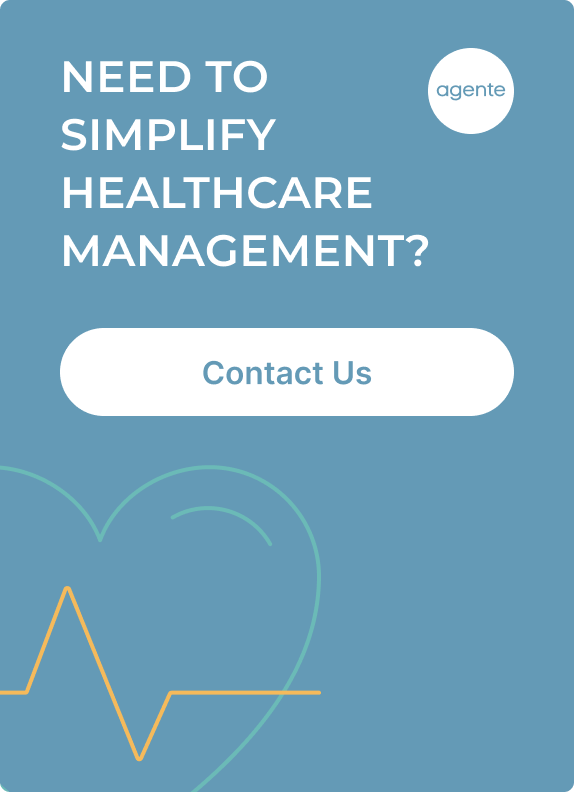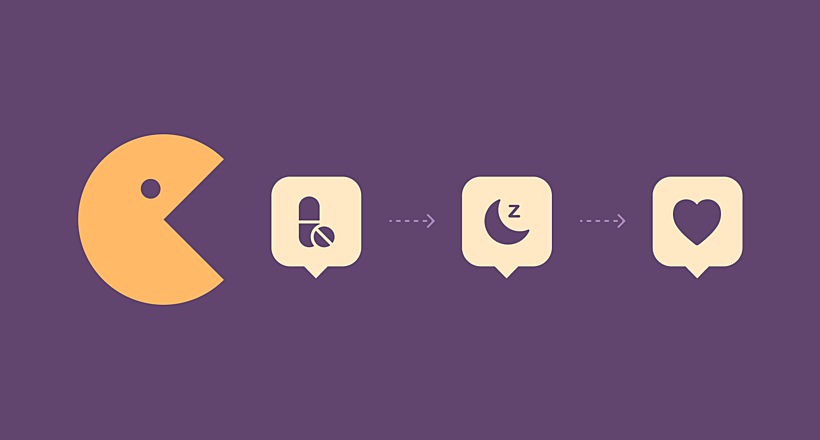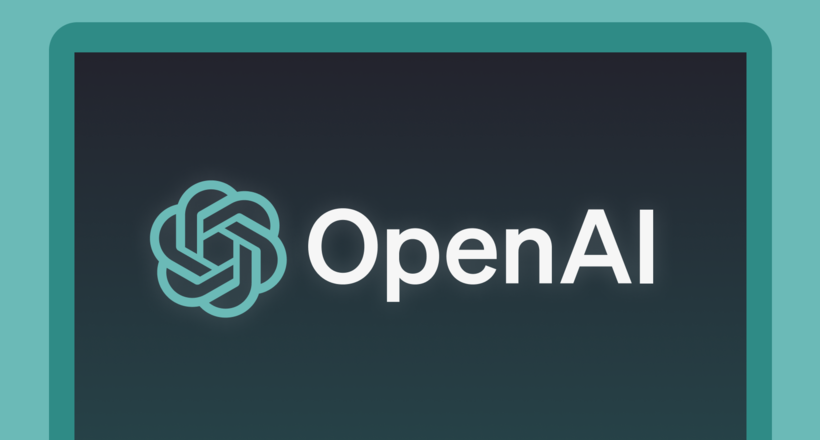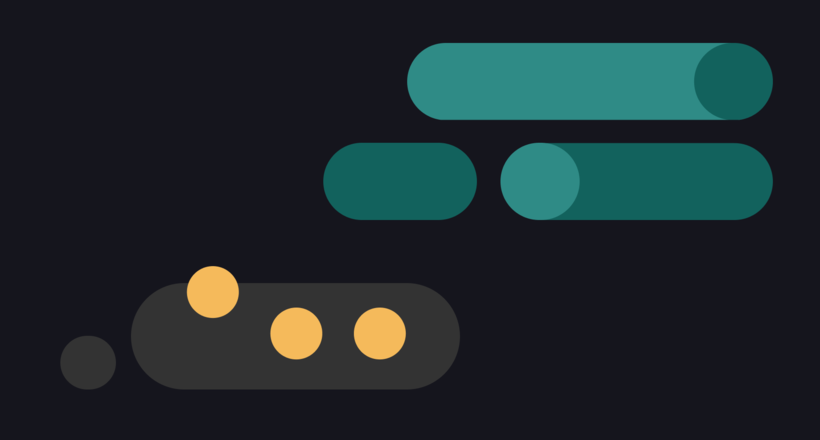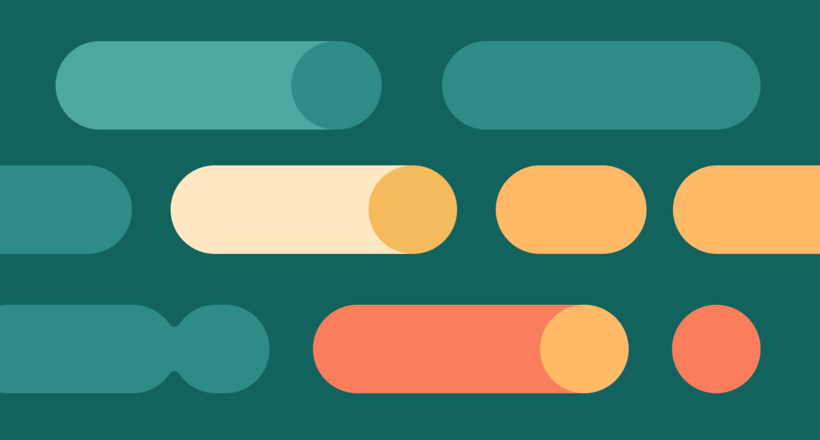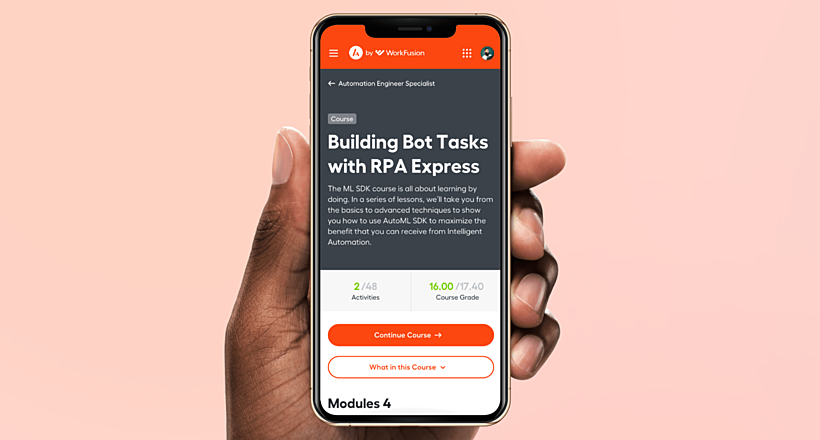In an era marked by rapid technological advancements and a growing emphasis on healthcare accessibility, the role of telehealth app development has never been more pivotal.
The remote provision of clinical care―telehealth―started to gain traction in March 2020 when the world became exposed to the COVID-19 pandemic. The offline healthcare institutions were overloaded. Patients were stricken up with confusion and the new reality.
Consequently, authorities were forced to adjust country-specific public health guidelines and introduce pandemic-related telehealth policy changes.
Based on the Agente team’s expertise in custom telehealth app development, let’s consider in depth how the introduction of telehealth functionality can benefit your healthcare institution, medical workers, and patients.
In this telemedicine app development guide, we share step-by-step guidelines on telehealth app development and must-have features to include in such a project.

Benefits of Telehealth App for Patients
Now, we know what has given telehealth such a boost and the reasons and new challenges behind it, so let’s consider how advantageous the technology is for all the healthcare system’s major participants.
Benefits for Patients
Here, telemedicine brings the ability to deal with numerous healthcare gaps which, previously, were impossible to fill. Some of them include:
- Better healthcare accessibility for remote areas. Some rural locations in many countries worldwide still don’t offer nearby medical services. For instance, according to a survey conducted by the Australian Institute of Healthcare and Welfare, three in five people say that one of the justifications for not seeing a doctor was not having one nearby.
- Easier healthcare access for the elderly and disabled. Healthcare accessibility has always been acute for such patients. With the simultaneously arising question of technical literacy for elderly people, telemedicine brings such patients a chance to receive quality medical assistance from the comfort of their homes. It is especially critical at the time of the pandemic and reduces the chances of exposure to coronavirus at offline hospitals.
- No waiting in line. Is there anyone who enjoys long waits? Telemedicine accommodates appointment scheduling with ease. No need to sit in traffic jams or stress out about being late. Your patients can quickly switch from their daily routine to get on a video call with their physician, for example.
- Medical records overview. Many are Google-friendly and love studying their medical records just to get an overview or keep things under control. Moreover, it brings ease of medical data sharing with private physicians or even some family members.
Benefits for Physicians
A telemedicine platform brings the following benefits for healthcare specialists:
- Ability to collaborate with medical centers. Multiple professionals strive to become independent or even self-employed. Healthcare professionals often seem to live at their work. Joining your telemedicine app could bring them more freedom and opportunities.
- Real-time access to the patient's data. Telehealth solutions provide integration with EHRs, allowing medical specialists access to the required data from anywhere, and enabling them to keep track of the patient's indicators.
- Better time management. Medical professionals are often overwhelmed with work. With a telehealth self-service app, they can better balance life and work activities.
Benefits for Owners of Medical Institutions
Telehealth brings another set of advantages:
- Reduced healthcare costs. Just as it reduces the cost of renting a working space, self-employed physicians can join the service.
- Higher customer flow. The pace of life has become even busier. Customers hate to wait. Thus, offering quality on-the-go consultations could become your competitive advantage and thus generate more revenue.
- Better personnel management and KPIs. Such software improves the effectiveness of the provided healthcare self-service, ensuring your workspace is a pleasant place to be at and distributing the doctors’ workload evenly.
- Improved patients’ experience of care. The likelihood of the patients’ and their families’ engagement or self-service in healthcare outcomes is critical for any business. Convenience, follow-up messages, and flexibility bring top-level experiences.
Key Features of Telehealth App Development
Telehealth apps have become increasingly popular in recent years. These apps offer a convenient and accessible way for individuals to receive medical care and advice from the comfort of their own homes. The following are the must-have features of telehealth apps:
- Ability to schedule appointments easily. This feature allows users to book a session with a healthcare professional at a time that works best for them, eliminating the need to wait in long queues or take time off work.
- Secure messaging and video conferencing capabilities for virtual doctor visits, allowing patients to communicate with their healthcare providers, ask questions, and receive updates on their treatment plans.
- Electronic health records (EHRs) integration for easy retrieval of patient data by providers and other healthcare professionals involved in care delivery.
By providing these essential features within an intuitive user interface tailored to each customer’s needs and preferences, telehealth apps can significantly improve overall customer experience and reduce costs associated with traditional healthcare services.
Telehealth Software Development: How to Make Your Project Compliant?
Before plunging into mHealth software development, make sure to get acquainted with the corresponding regulations and legal requirements. Otherwise, ensure that your telehealth product development partner is acutely aware of the compliance requirements for your project:
Health Insurance Portability and Accountability Act (HIPAA)
This United States federal statute provides security and privacy provisions to safeguard medical records.
As real-time video conferencing in telehealth is the best means of communicating with patients, the application of such technology involves personal healthcare data sharing and exchange.
HIPAA requires healthcare providers to ensure and maintain the security of electronically protected healthcare information (ePHI). Violation of the HIPAA requirements is punishable with a $250,000 fine.
For secure telehealth platform development, to be HIPAA compliant, you must offer:
- Strong entity or user authentication
- Enforced access controls
- ePHI integrity and end-to-end encryption
- Granular audit
- Secure data transmission
IEC 62304
This international standard defines the lifecycle requirements for medical software development. Compliance with the standard’s regulations applies to both the United States and European Union.
Open Web Application Security Project (OWASP)
Being a nonprofit foundation, OWASP operates to ensure high software security. It includes weak passwords, outdated software and components, and more.
“You’re dealing with the vendor and the platform, you’re dealing with the provider’s environment, and you’re also dealing with the patient environment. So pretty much anything that you look at as far as a risk or vulnerability, you have to triple [the risk] because those threats and vulnerabilities exist in three interconnected arenas.”
George Jackson Jr., Senior Principal Consultant at healthcare cyber-risk management firm Clearwater
FDA 21 CFR Part 820
Also known as the Quality System Regulation (QSR), these regulations ensure that medical devices are both safe and effective.
At Agente, we have proven experience in rendering telemedicine website development services in full compliance with HIPAA, IEC 62304, OWASP, and FDA 21 CFR (Part 820) requirements.
Step-by-Step Guidelines on Telemedicine App Development
If you wonder how to build a telehealth application, we recommend these six steps:
Step #1. Business Requirements Analysis
In the process of sharing the business ideas and goals for your future telehealth project, its technical feasibility and estimations will take place at this step.
Your telemedicine app developers must have a clear idea about the possible telemedicine monetization options to flawlessly iterate them in the project.
The main healthcare app business models are as follows:
- Subscription. One of the most popular models, in which doctors and/or patients pay for membership and the app publisher receives the appropriate fees.
- Consultation fees. The doctor can charge their fees per minute or per visit. In this case, the app charges a percentage, similar to some Uber-like apps.

Source: Dribbble
- Franchising. It is relevant to software products with extensive competition in the local market so that they are willing to sell their apps overseas.
- SaaS. Software as a service model is an excellent fit for product development companies in the health MedTech industry. You can offer them a telehealth platform as a service and charge per account/per user.
Step #2. UX Strategy
Flawless and intuitive navigation is especially critical for a telehealth app development solution as they target users with individual technical skills. That’s why the telehealth app design process is one of the most important processes.
A thought-out UX strategy will let you design an information architecture that correlates well with your user personas. You will work on building the user flow map too.
Step #3. UI Design
At this stage, you will be offered a review of wireframes for your project. You will see the way your telehealth app will look on devices with various screen resolutions.
Step #4. Telehealth App Development
Following the technical specifications, the team of developers will bring all your ideas to life. Once both the back-end and front-end are built, they will be connected to pass the live data between the two.
Step #5. Quality Assurance
The quality of the code is the king. This stage is about perfecting your project and making sure it goes live without any critical issues.
Since telehealth apps have complex functionality and they transfer sensitive data, the testing cycle will be finished only after all bugs are fixed.
Step #6. Project Release
Would you like to release your telehealth project by iterations or in full? You can also opt for continuous integration (CI) or continuous delivery (CD) methods. They give you the opportunity to deliver an app by introducing automation into the stages of app creation, testing, and deployment.
Either way, your software development partner will recommend a project release method that suits your requirements the best.
Step #7. Post-Release Support
As your project goes live, there is still much to do: bug fixes, new features, and updates.
At this step, the results are analyzed, and assumptions are made to make the necessary adjustments to your project development roadmap.
Telemedicine App Development Tech Stack
As no project is made equal, the choice of tech stack should only be determined by the set of features you choose to include in 1) your MVP (if any) and 2) the fully-fledged solution.
What payment options will be available? Will your solution have a calendar? What about video conferencing and the video chat feature?
Only when you (with the support of your telehealth app development company) build a unique set of features for physicians and another set of features for patients, it will become clear which technologies are the best to drive your project to success.
Nonetheless, let’s give it a try and highlight tech stack options your software development partner is likely to recommend using:
Programming languages: Swift for iOS; Kotlin, Java for Android.
Backend development: Node.js, Laravel.
Frontend development: React, React Native.
EHR: Rails, GraphQL.
Database: MySQL, Hbase, Cassandra.
Payment: Stripe, PayPal.
Videoconferencing: RTMP, WebRTC.
Chat and phone/SMS verification: Twilio, Socket.io.
Other tools: Elastic search, Google Maps, Firebase Cloud Messaging for notification.
Who Needs to Be Hired to Develop a Telemedicine App?
The online world offers a pool of options and opportunities. But what should you consider in order to find the telehealth development company that meets your business requirements the best? How to hire telemedicine app developers?
You probably have a list of requirements for your future software development partner. After you shortlist the available companies, make sure that you consider competencies before making a decision on telehealth app development services such as:
- Experience in healthcare projects development, and relevant case studies.
- Development in full compliance with healthcare development standards needed for your project, such as HIPAA, HL7 FHIR, DICOM, IEC 62304, OWASP, etc.
- Customers’ feedback: Clutch reviews, Google mentions, social media activities, independent reviews.
- Company's values and approach to software development.
Cost of Telemedicine App Development
This is a tricky question as the cost of development of a telehealth mobile app depends on a wide range of factors. The major ones are:
- Number of hours required to complete your project
- Man-hour rate that your telemedicine app development company charges
- Development strategy, tools, platform, tech stack you choose
- Building an MVP, or
- Focusing only on the fully-fledged project development from the very beginning
Let’s break it down with an example of a full-scale telemedicine project, which development should take around 1,500 man-hours.
Considering all the above-mentioned, an approximate estimate for such a project should be from $50,000 to $115,000, which includes:
- Patient’s side development — $52,000 – $60,000
- Physician’s side development — $20,000 – $30,000
In either case, your software development company only will provide a more correct estimate.
Top 3 Telehealth App Examples
These top 3 telehealth apps can facilitate a convenient and secure connection between patients and healthcare practitioners:
- Teladoc: provides 24/7 access to board-certified physicians for a variety of medical issues via video or phone call consultations; it also offers prescription refills and home delivery options.
- Amwell: allows users to connect with doctors in minutes through their mobile device or computer; it also provides mental health support services such as counseling sessions with licensed therapists.
- Doctor on Demand: is an app that connects patients with qualified providers who can diagnose and treat a wide range of medical conditions via video visits from any location at any time.
Agente Expertise
If you decide to develop a telehealth project, you need an experienced medical telehealth software development company as a partner.
The Agente team has the knowledge and experience in healthcare software development following the industry best practices.
Patient Portal App
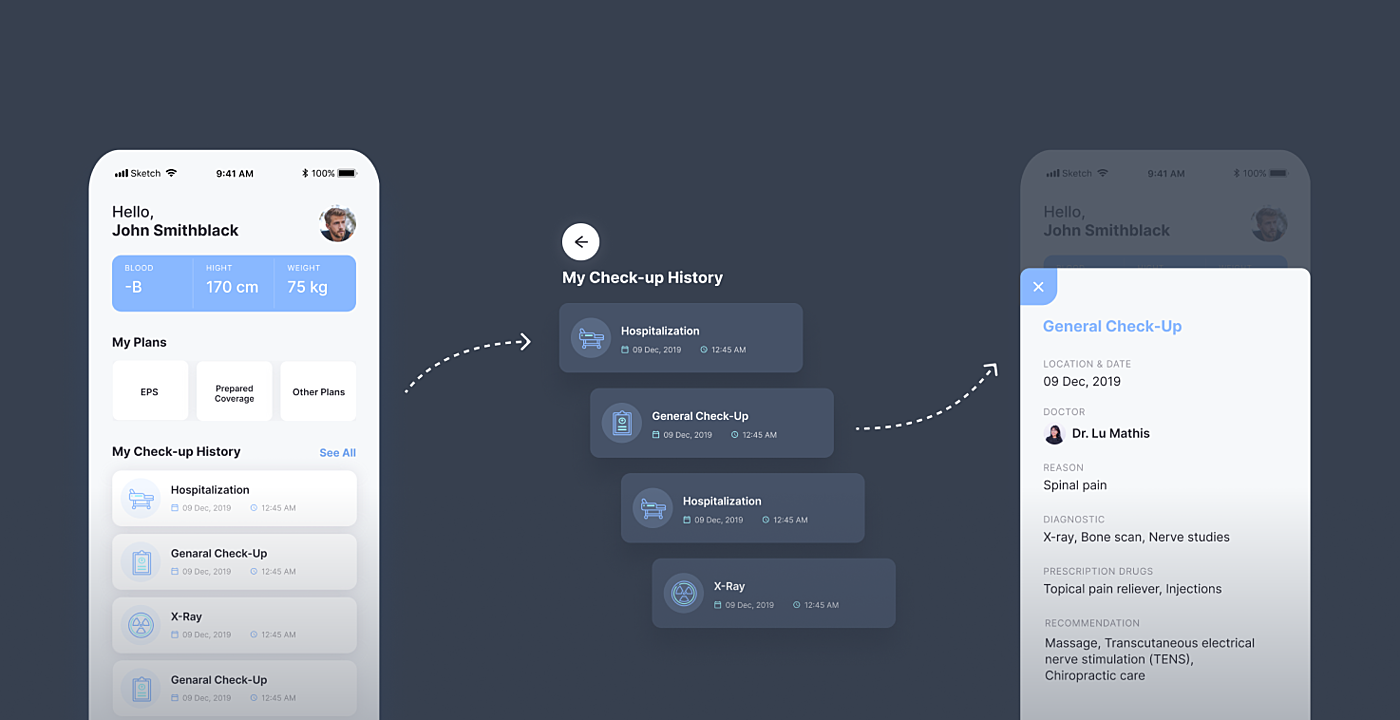
Source: Agente case
The project’s goal was to create a patient portal app that allows the patients to conveniently overview their personal data, plans, and appointment history.
With security considerations in mind and full compliance with the requirements of the corresponding regulations, we’ve designed an MVP that offers a patient dashboard with records of patient visits, check-ups, plans, etc.
Conclusion
Creating a telehealth app is an exciting opportunity to bring healthcare services directly to patients. Prior to beginning, you must specify the features and goals of your app, such as whether it will be utilized for remote consultations or appointment scheduling. Once these details are defined, you can begin creating the user interface and experience. For your app to adhere to industry standards, you'll also need to think about how data will be maintained securely and any applicable legislation. Lastly, before releasing your product, develop a thorough testing strategy to ensure that users have a flawless experience with few technical problems.









